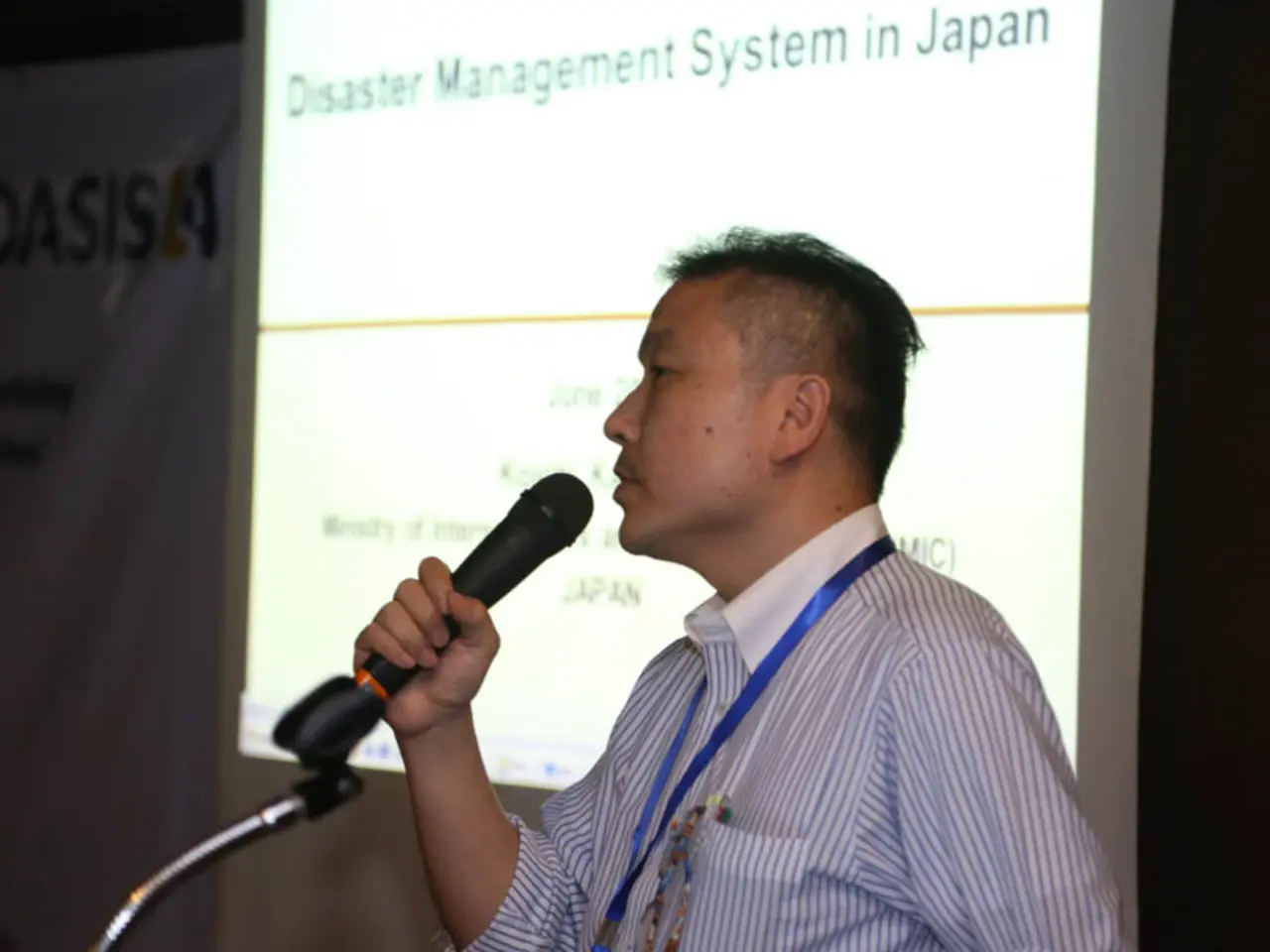Aid provided by edge AI for network efficiency in resource-limited, distributed systems.
**Edge AI Adoption Drives Transformation Across Europe, Asia-Pacific, and North America**
In today's digital age, edge AI is becoming a cornerstone for businesses seeking real-time data processing and decision-making capabilities. This transformation is particularly evident in Europe, Asia-Pacific, and North America, where enterprises are embracing edge AI to cater to the growing demand for instant analytics in sectors such as smart factories, retail, and autonomous systems.
The rise of Internet of Things (IoT) and 5G technologies has compelled businesses to deploy edge computing nodes closer to data sources, enabling low-latency, real-time analytics. This approach is crucial for enterprises that require instant decision-making without relying solely on centralized cloud infrastructure.
Another key driver is the evolution of hybrid cloud-edge architectures. Enterprises are increasingly adopting a core-to-edge continuum architecture, leveraging technologies like cloud orchestration, containerization, and SD-WAN. This hybrid model helps balance workloads according to resource constraints and performance needs, ensuring seamless integration between centralized clouds and distributed edge nodes.
Sector-specific compliance and cloud solutions are also accelerating adoption. Specialized industry clouds, such as those in healthcare or finance, with built-in compliance address regulatory requirements for data security and privacy, particularly in regions with strict regulations like Europe.
The global market size of intelligent edge AI is estimated to reach around $20 billion by 2024, reflecting a growing commitment from enterprises to scale their AI investments. Innovators are balancing the performance and complexity of these new models through efficient encoding, model cooperation, prioritisation, edge storage, and dynamic workload distribution.
However, the adoption of edge AI is not without challenges. A pervasive challenge is the shortage of skilled professionals, such as cloud architects, DevOps engineers, and site reliability engineers (SREs), who can manage complex edge-cloud ecosystems and AI deployments. Enterprises are investing heavily in training, certification, and managed services to bridge this gap.
Resource constraints of distributed networks also pose challenges. Balancing cost, performance, security, and manageability at the edge requires new architectural approaches that differ significantly from centralized cloud environments.
Adoption is frequently slowed by outdated IT infrastructures, fragmented data silos, and complex regulatory environments, particularly in Europe with strict data privacy laws and in heavily regulated sectors like healthcare and finance. This creates systemic barriers beyond just technology.
Poor data infrastructure and integration issues remain critical bottlenecks. Edge AI success requires high-quality, context-rich data pipelines at the edge, which can be difficult to engineer and maintain across geographies with varying network connectivity and technical standards.
Lastly, enterprise AI is not just technical—it also requires overcoming risk-averse corporate cultures and procurement bottlenecks. The adoption journey is incremental and demands ongoing balancing of agility versus control, innovation versus risk.
In conclusion, enterprises across Europe, Asia-Pacific, and North America are aggressively adopting edge AI to meet their real-time data needs. However, they face significant challenges from talent gaps, resource constraints, regulatory complexity, and data infrastructure bottlenecks. Successful adoption requires strategic investment in skills, modern architecture, and advanced data engineering tailored to both regional regulations and distributed network realities.
Broadcom's new network architecture for AI, VeloCloud SD-WAN and VeloRAIN, provides foundational information, case studies, and use cases to help businesses navigate these challenges and reap the benefits of edge AI. The market is expected to grow at around 25% per annum, with Europe, Asia-Pacific, and North America accounting for around 90% of the market.
The surge in edge AI adoption is driven by the rise of artificial-intelligence in sectors like smart factories, retail, and autonomous systems, particularly in Europe, Asia-Pacific, and North America. This growth is underpinned by the deployment of edge computing nodes, enabled by IoT and 5G technologies, for low-latency, real-time analytics.
The evolution of hybrid cloud-edge architectures, incorporating technologies such as cloud orchestration, containerization, and SD-WAN, is another key factor fostering the adoption of edge AI in these regions. These architectures help balance workloads to ensure seamless integration between centralized clouds and distributed edge nodes.




